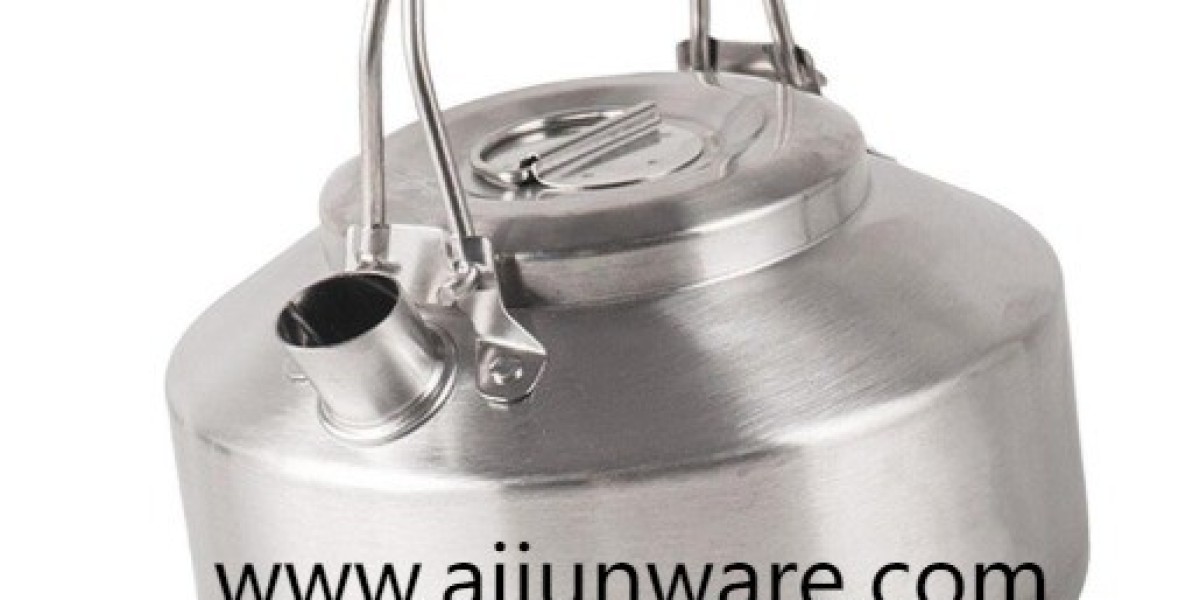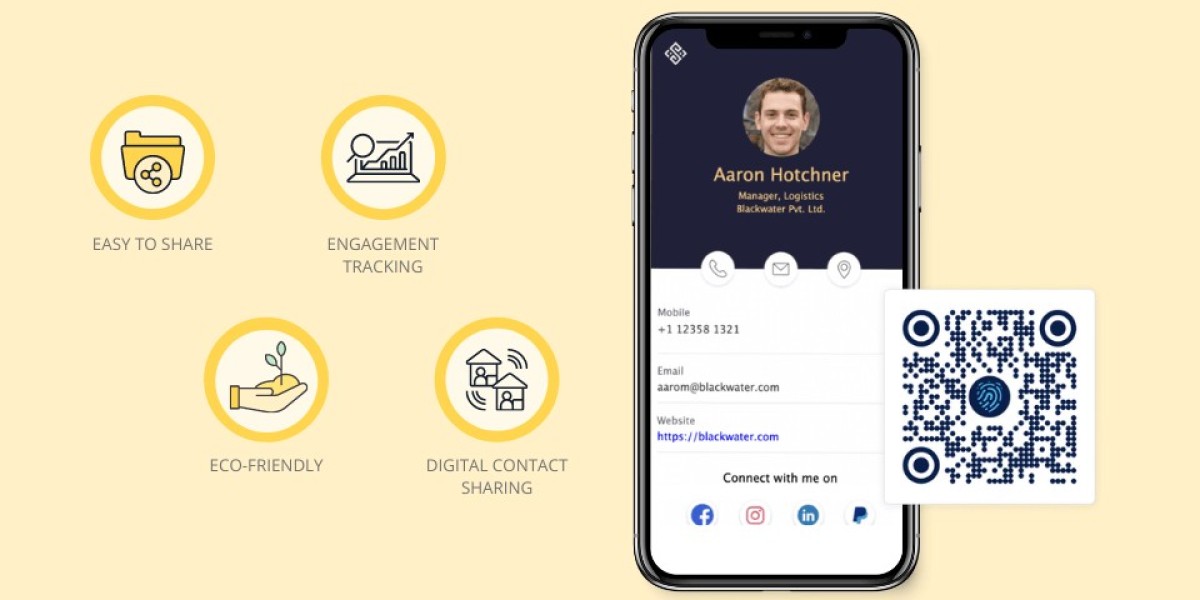When a backcountry trip turns into an unexpected overnight or when local water advisories pop up, a reliable Camping Water Pot becomes the hub of your safe drinking water routine, used together with a compact filter and a quick boil to create layered protection. This guide walks through common contamination risks portable filter choices why you might still boil after filtering how to choose and maintain filter elements and simple field checks for cloudy or oily sources so your outdoor kit keeps everyone healthy.
What kinds of contamination are you likely to meet in the wild or after a storm
Water from streams lakes and taps can carry biological threats such as bacteria and protozoa chemical contaminants that come from runoff or damaged infrastructure and suspended sediment that makes water cloudy and harder to treat. Recent incidents following landscape fires and heavy runoff show how ash and runoff can change water chemistry and challenge normal treatment practices. Knowing the likely hazards in your area helps you pick the right combination of tools and practices.
Which portable filter types fit different trips
There are several practical categories of portable filters that match different needs. Membrane filters remove bacteria and protozoa through pore size control and are available in pump or straw formats. Gravity filters let you treat larger volumes with little effort and are useful for base camps. Straw style filters are light and let a single person drink directly from a source. Each type has tradeoffs in flow speed cleaning ease and what contaminants it will block. Product testing and gear reviews can help you match a system to trip length and user tolerance for aftercare.
Do you still need to boil water after filtering
Filtering addresses particulates and many biological organisms but certain situations call for a second barrier. When local health authorities issue boil advisories or when water may contain microscopic pathogens that slip past some filters or when chemical contamination is suspected, heat treatment adds an independent kill step. Boiling is a reliable backup in emergency notices and remains a recommended response when authorities or utilities advise it. Combining filtration and boiling creates a layered approach that reduces the chance an unseen contaminant reaches your cup.
How to choose filter media and plan replacement cycles
Select filter elements that state what they remove and how they should be maintained. Look for membrane elements with easily accessible cleaning procedures and replaceable cartridges so the unit stays effective over repeated use. Replacement frequency depends on how turbid the input water is and how often you use the system. Inspect seals and O rings regularly and carry a spare cartridge or a compact repair kit in your emergency pack to avoid being stuck with compromised filtration in the field.
What on site checks tell you to change tactics
If the source is visibly turbid or contains oily film or an unusual odor take a conservative approach. Pre filtering through a cloth or bandana removes large sediment and speeds up cartridge life. Oily sheens and chemical smells are red flags for contamination that filters may not remove. In those cases avoid drinking and use treated bottled water or boil only after you are confident the chemicals are not present. If only turbidity is the issue filter then boil. Carry a simple test strip kit if you often visit remote waters to spot troublesome parameters and adjust treatment accordingly.
A practical workflow you can trust in the field
Collect from the clearest available spot upstream or from flowing water. Pre filter if needed using a cloth. Feed the Camping Water Pot through your membrane or gravity system then apply heat treatment when local guidance or source conditions suggest additional disinfection. Keep all treated water covered and use clean utensils to avoid recontamination. Pack your filter maintenance tools and replacement parts in your emergency kit so you can service the system on long trips.
Packing the right kit reduces risk and makes water handling straightforward. Pair a solid Camping Water Pot with a proven membrane filter and a compact stove so you have both mechanical removal and thermal disinfection at hand. For cookware options and compatible outdoor pots and accessories see the selection and product details at www.aijunware.com/product/ .







